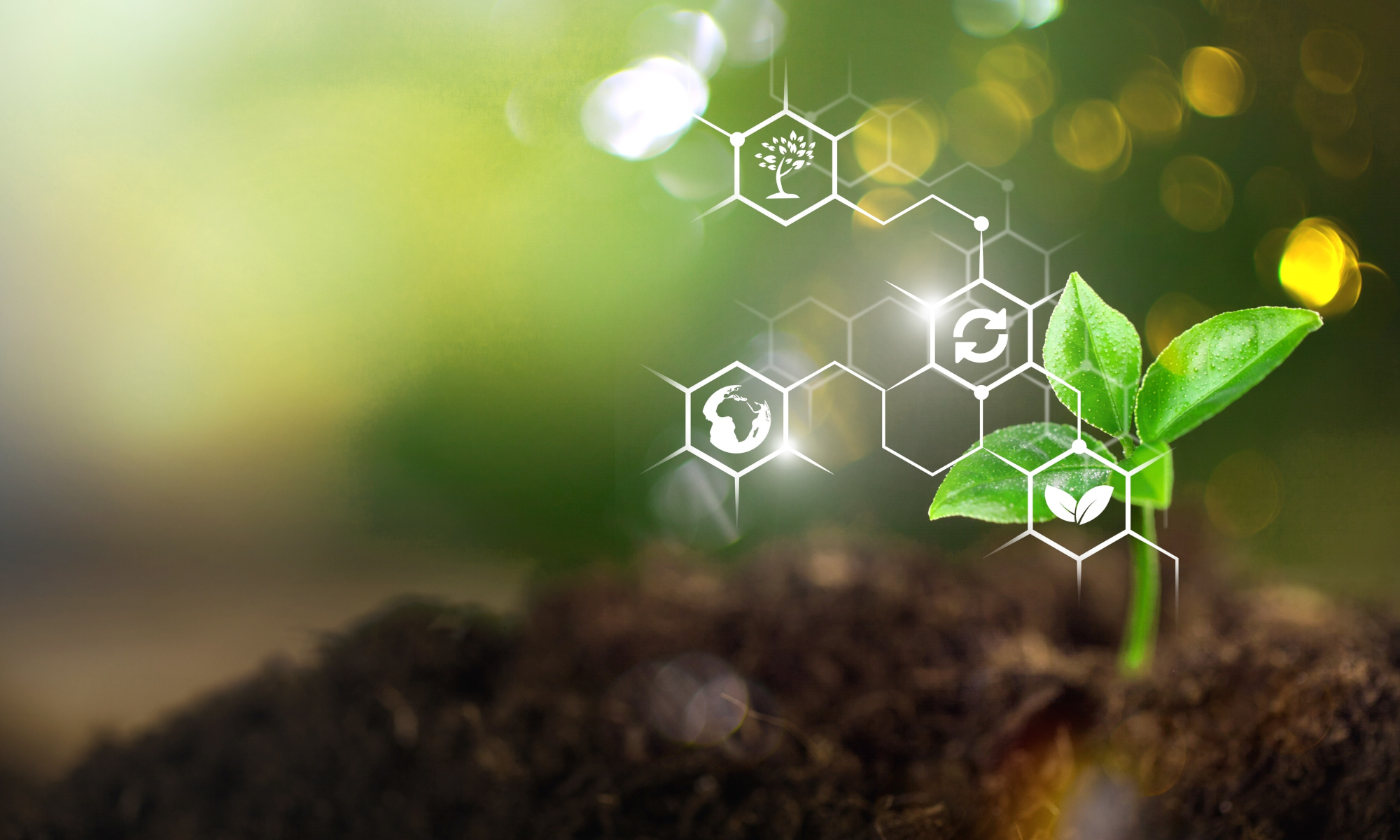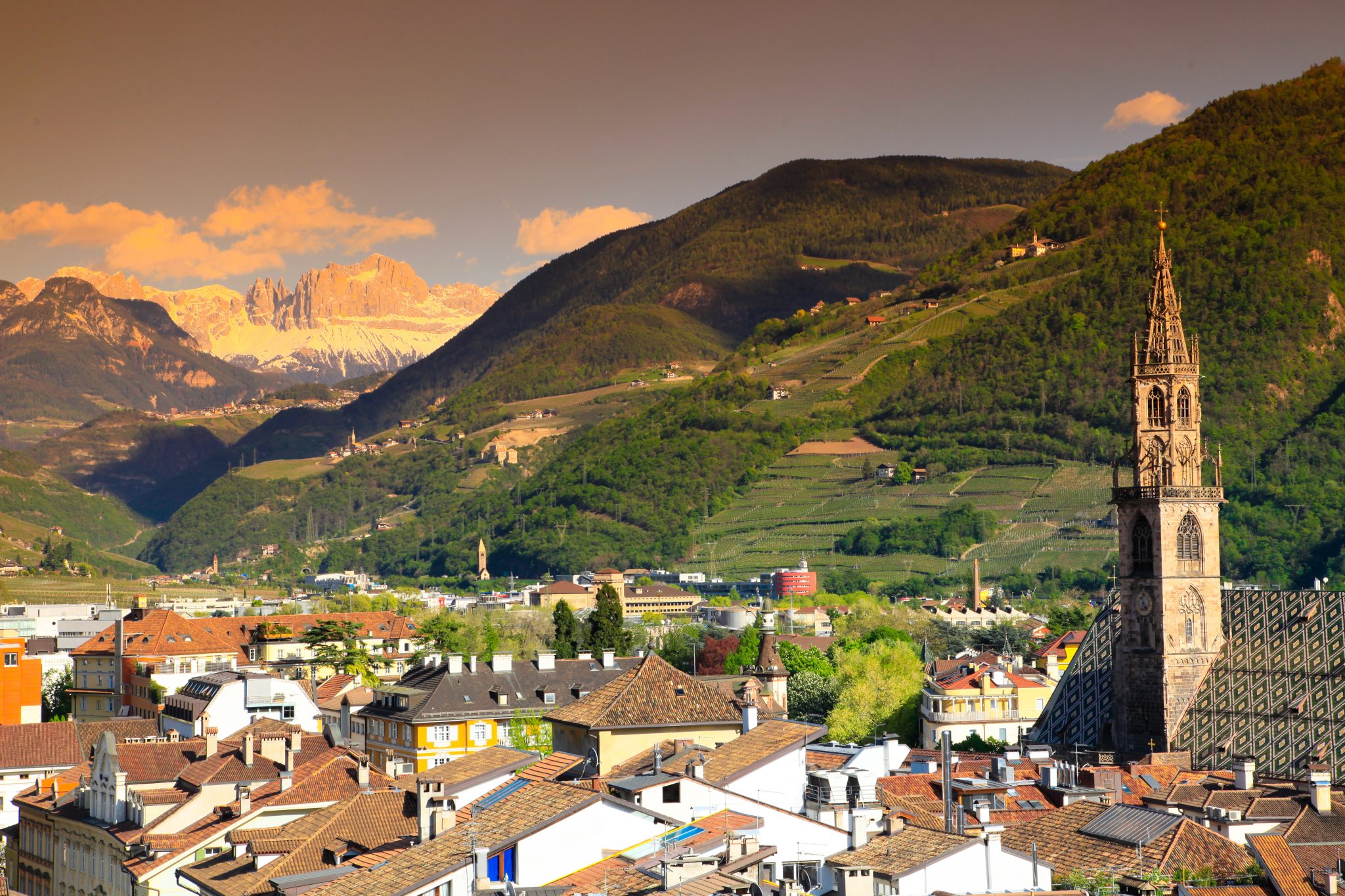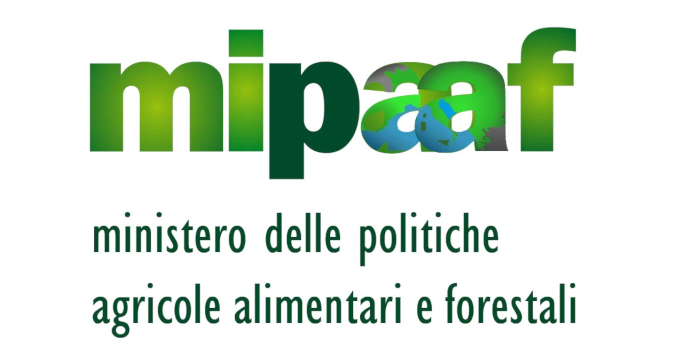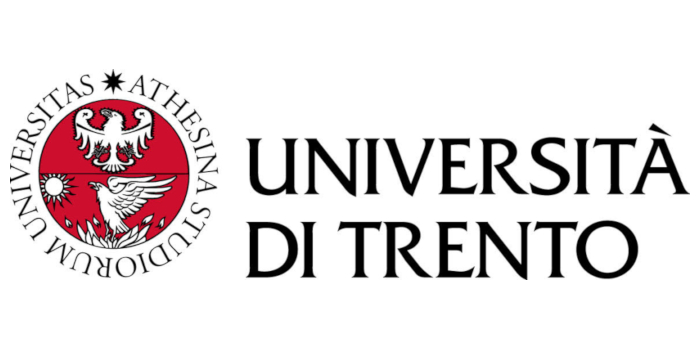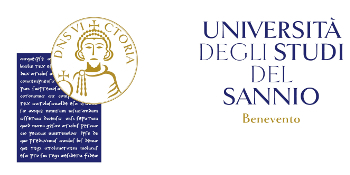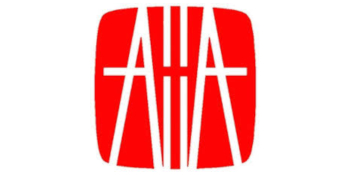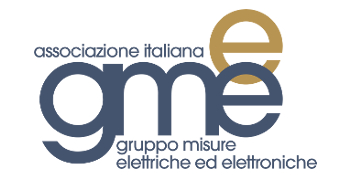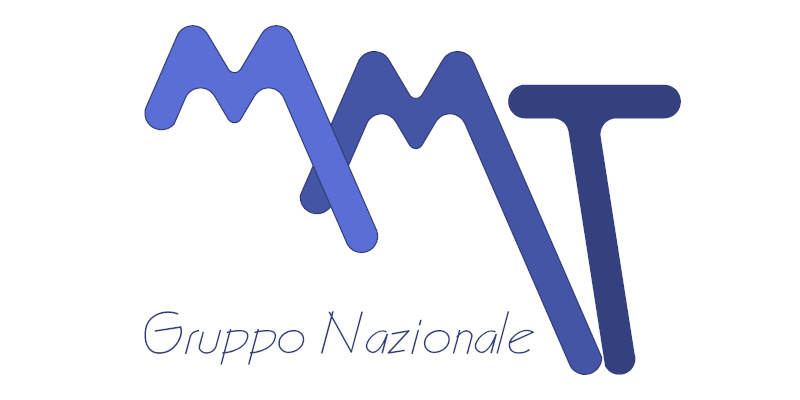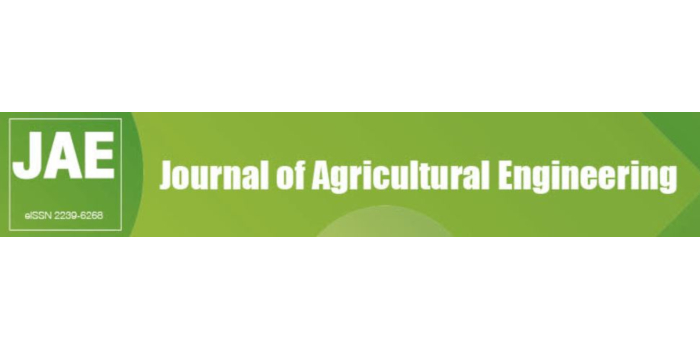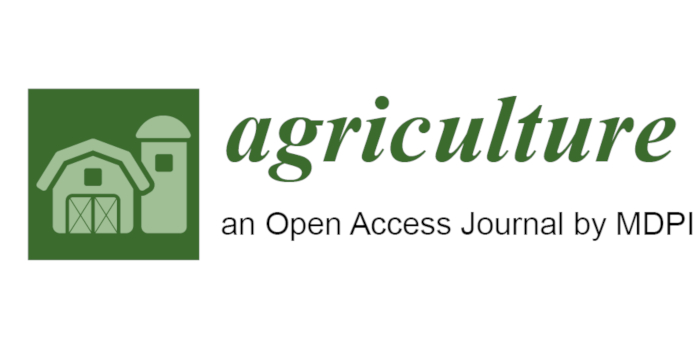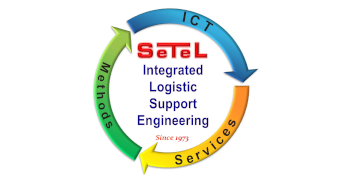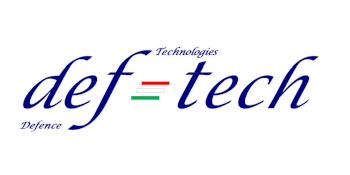Measurement and sensing techniques for estimating soil hydraulic characteristics and monitoring soil water dynamics
ORGANIZED BY
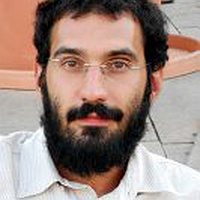
Simone Di Prima
Department of Agricultural Sciences, University of Sassari, Italy
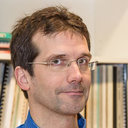
Laurent Lassabatere
Univ Lyon, Université Claude Bernard Lyon 1, France
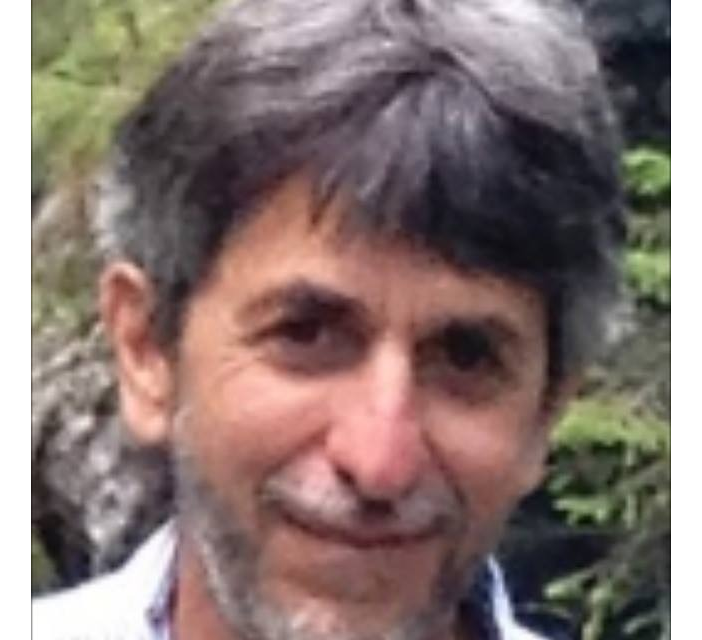
Claudio Gandolfi
Department of Agricultural and Environmental Sciences (DiSAA), Università degli Studi di Milano, Milan, Italy
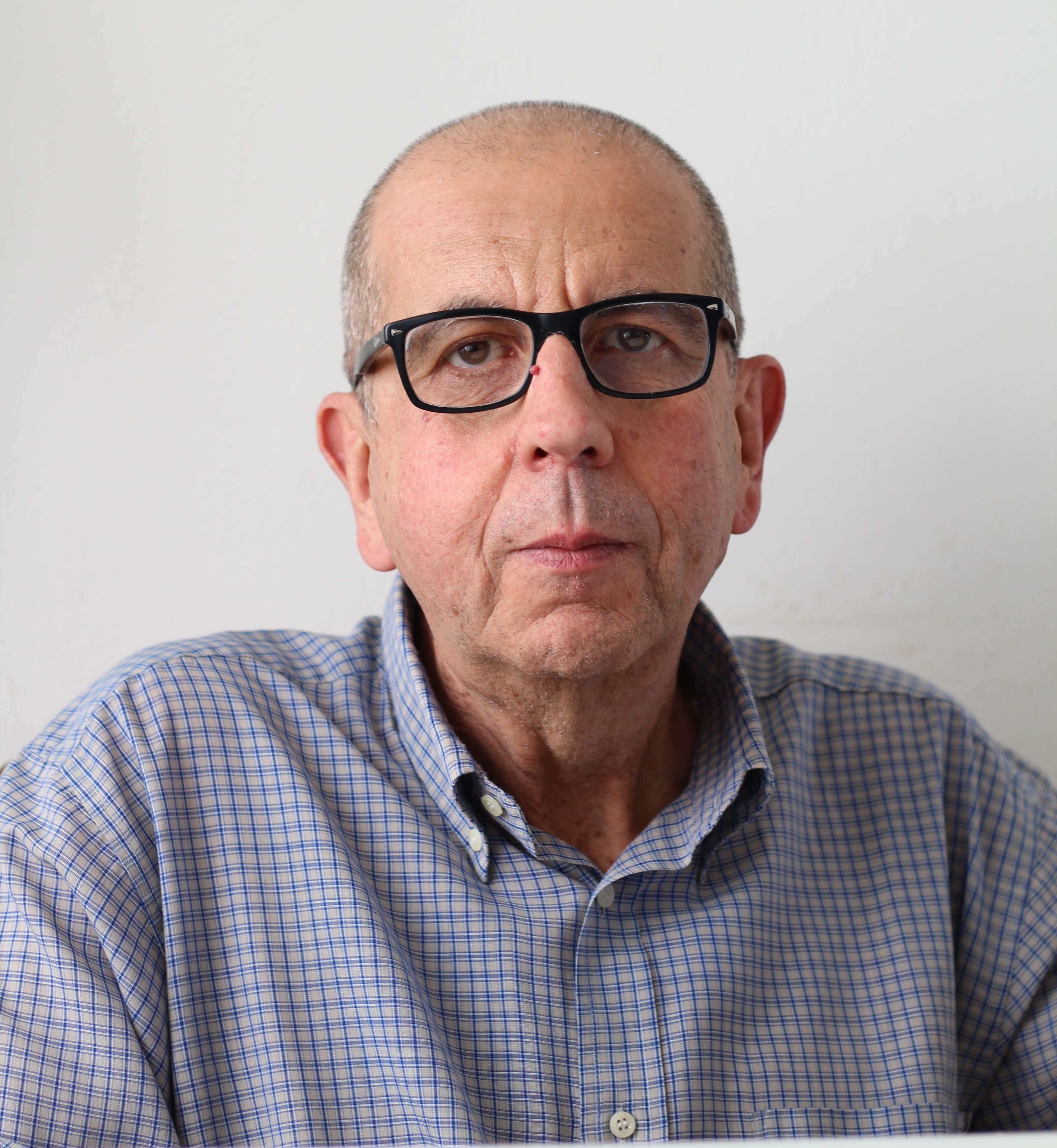
Vincenzo Bagarello
Department of Agricultural, Food and Forest Sciences, University of Palermo, Italy
ABSTRACT
The science community is increasingly challenged with finding more accurate methods of modeling water and nutrient/pollutant transfer phenomena in natural, agricultural, forestry, and urban soils to sustain healthy soils and preserve water resources. These models are fundamental to gain insight into (1) water and nutrients available for plant root systems from the perspective of sustainable agriculture in widely different environments; (2) understanding point or diffuse pollution of aquifers; (3) water conservation, losses and salinity issues in arid environments; (4) soil water erosion; and (5) management of soil structure in urban environments. They rely on soil hydraulic properties that are incorporated into two fundamental characteristics: (1) the soil water retention curve θ(h), describing the relationship between volumetric soil water content, θ (L3 L−3), and soil water pressure head, h (L); and (2) the hydraulic conductivity function, K(θ) or K(h), describing the relationship between θ or h and soil hydraulic conductivity, K (L T−1). Many studies have focused on the development of methods for estimating soil hydraulic characteristics. They include either laboratory- or field-based procedures. All methods have their pros and cons, and their selection mainly depends on the processes to be investigated and the temporal and spatial scales involved.
TOPICS
This session focuses on the principles, capabilities, and applications of the following measurement and sensing techniques for estimating soil hydraulic characteristics and monitoring soil water dynamics:
- Electrical resistivity and dielectric (TDR sensors, FDR sensors, capacitance sensors) sensing techniques for soil moisture estimation;
- Microwave remote sensing of soil moisture;
- Infiltration experiments for estimating soil hydrodynamic parameters, e.g., the saturated-unsaturated hydraulic conductivity and sorptivity;
- Methods for measuring soil water pressure head (tensiometers, psychrometer, electric resistance sensors and heat dissipation methods);
- Non-invasive geophysical techniques to trace water flow (ground-penetrating radar, GPR, and electrical resistivity tomography, ERT);
- Inverse modeling using in situ observations for estimating soil hydraulic parameters;
- In situ observations for advancing distributed modelling using Pedo-Transfer Functions.
We welcome contributions from simulated and real data investigations in the laboratory or field, successful and failed case studies, and the presentation of new and promising modeling approaches, scenarios, and techniques.
ABOUT THE ORGANIZERS
Dr. Simone Di Prima (PhD, 2016) is researcher at the Department of Agricultural Sciences of the University of Sassari (Italy). His main scientific interests focus on soil hydrology and water resources management with specific regard to laboratory and field determination of soil hydraulic properties, infiltration processes, simulation of water flow in the vadose zone and geophysical techniques applied to soil hydrology. He got the Italian professorship qualification to serve as full professor (sector: agricultural, forest and biosystems engineering). He got a postdoctoral research position at the Laboratoire d’Ecologie des Hydrosystèmes Naturels et Anthropisés (LEHNA, ENTPE, Université Lyon 1, France) focused on stormwater management and the use of non-invasive geophysical techniques to catch nano-tracers and the pathways of water in urban soils. He authored more than 48 scientific papers on international peer reviewed journals. He served as reviewer for several international scientific journals.
Laurent’s research activities focus on flow and mass transfer in vadose zone, including water infiltration at soil surface, water flow and pollutant transfer in vadose zone, and impacts of preferential flows on transfers in vadose zone. He combines several experimental approaches at laboratory and field scales with micro-observation approaches and numerical - analytical modeling to identify the physical and geochemical mechanisms responsible for water flow and mass transport. In collaboration with the LTHE (Dr Rafael Angulo-Jaramillo, now established in LEHNA), he developed the Beerkan Estimation of Soil Transfer Parameters (BEST) method to estimate soil hydraulic properties from water infiltration experiments. Laurent is member of Management Committee of OTHU -Field observatory for urban water management, of the scientific committee of ENTPE and IMU (Intelligence des Mondes Urbains), coordinator’s deputy for the Master course environmental chemistry at ENTPE. He is also reviewer for several journals in his area of expertise (Journal of Hydrology, Vadose Zone Journal, Urban Water, Applied Geochemistry, Colloids and Surfaces, Environmental and Engineering Geoscience, etc.) and convener for sessions at EGU conference, and member of the editorial board of Journal of Hydrology and Hydrodynamics.
Claudio Gandolfi holds a MSc in Hydraulic Engineering from Politecnico di Milano (Italy), where he also started his research career, obtaining a three-years scholarship at the Electronics Department. He then spent one year at the International Institute of Applied Systems Analysis (Vienna, AT) as a research scholar in the Large International Rivers Project. Since 1990 he joined the University of Milan where he has been full Professor of Agricultural Hydraulics since 2001. His main research interests are hydrological modeling and integrated water resources management, with reference to the specific issues of rural areas. Most of his work employs mathematical modelling, often in combination with the collection of empirical data from field and laboratory experiments, in order to better understand and explain hydrological processes and irrigation systems behavior. He has coordinated several research projects on these topics and he has also been active in commissioned and collaborative projects and consulting. He has served in different academical roles, including Vicerector for Knowledge Transfer of the University of Milan and Director of the Agricultural and Environmental Sciences Department. He is editor in chief of the Journal of Agricultural Engineering and he has been acting as a reviewer for international journals in the field of water resources.
Vincenzo Bagarello holds a MSc in Agricultural Sciences from the University of Palermo (Italy), where he also started his research career. He then was Researcher at the University of Molise (Italy). Since 1990 he joined the University of Palermo where he has been full Professor of Agricultural Hydraulics since 2016. His main research interests are soil water erosion, infiltration processes, determination of soil hydraulic properties. He is author of 110 papers on international journals and three books. He is coordinator of the PhD course in “Mediterranean Agricultural, Food and Forest Systems” at the University of Palermo. He is member of the editorial board of Geoderma and associate editor of the Journal of Agricultural Engineering. He has been acting as a reviewer for international journals in the field of soil erosion and soil physics.
